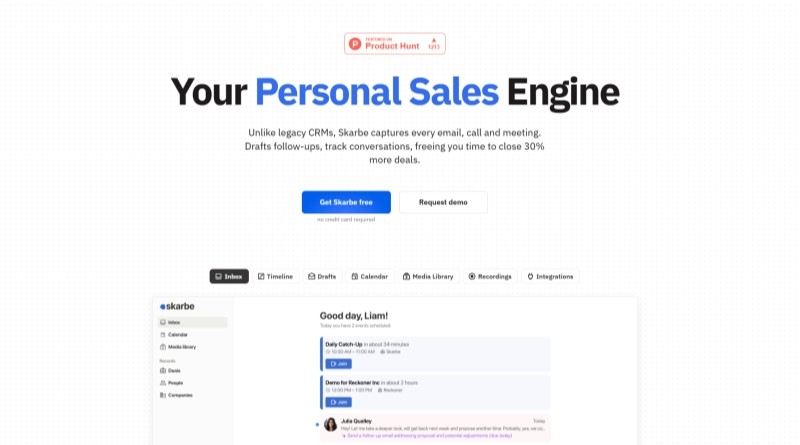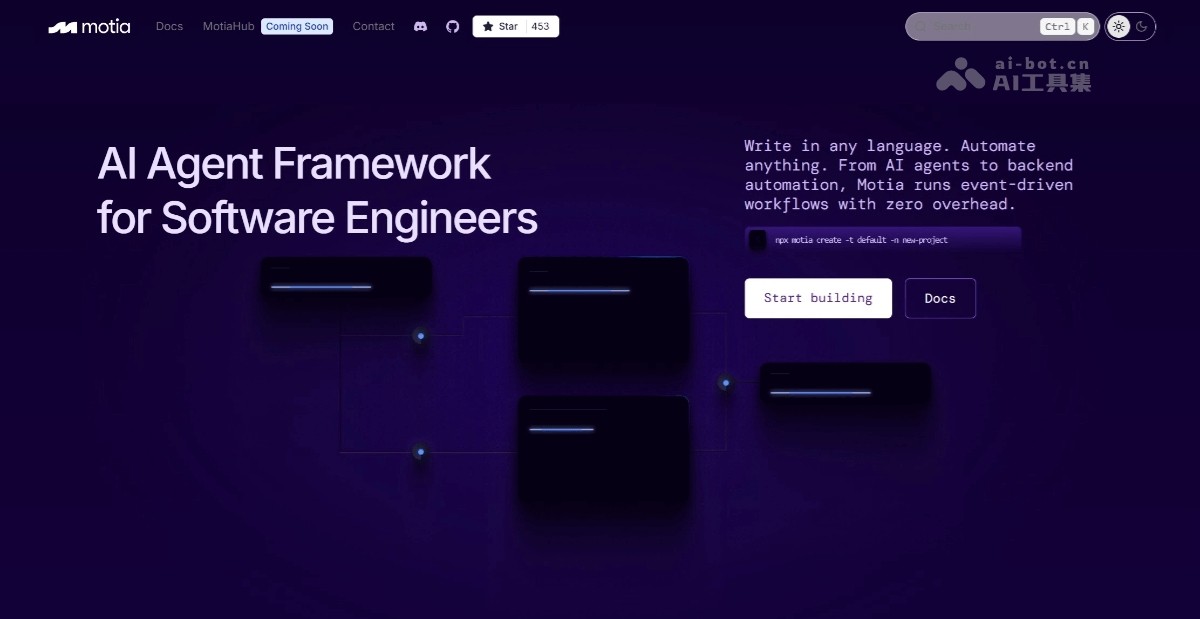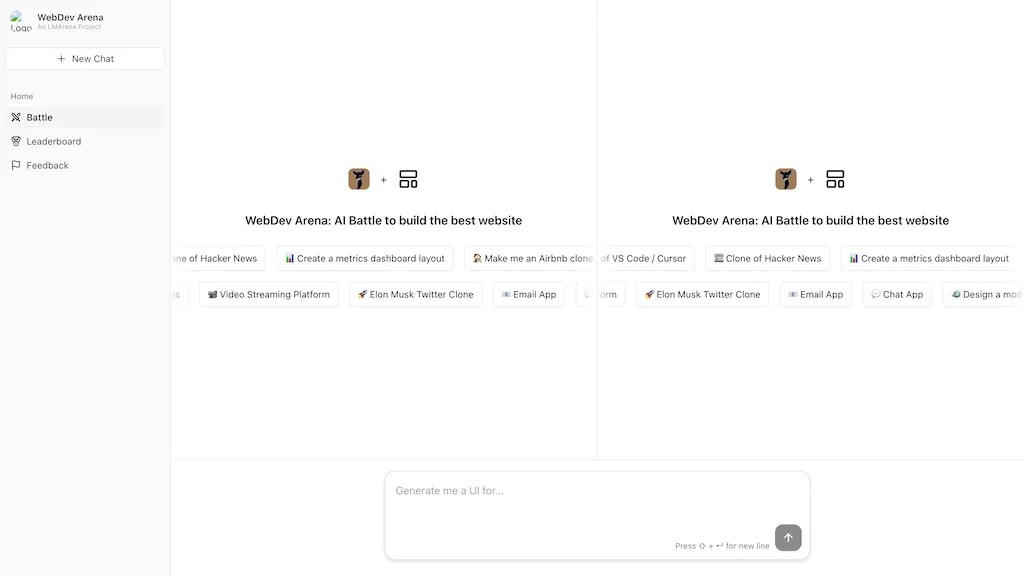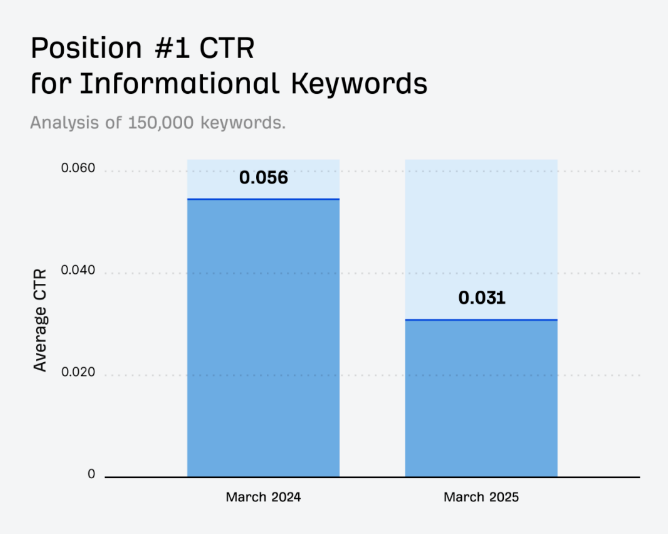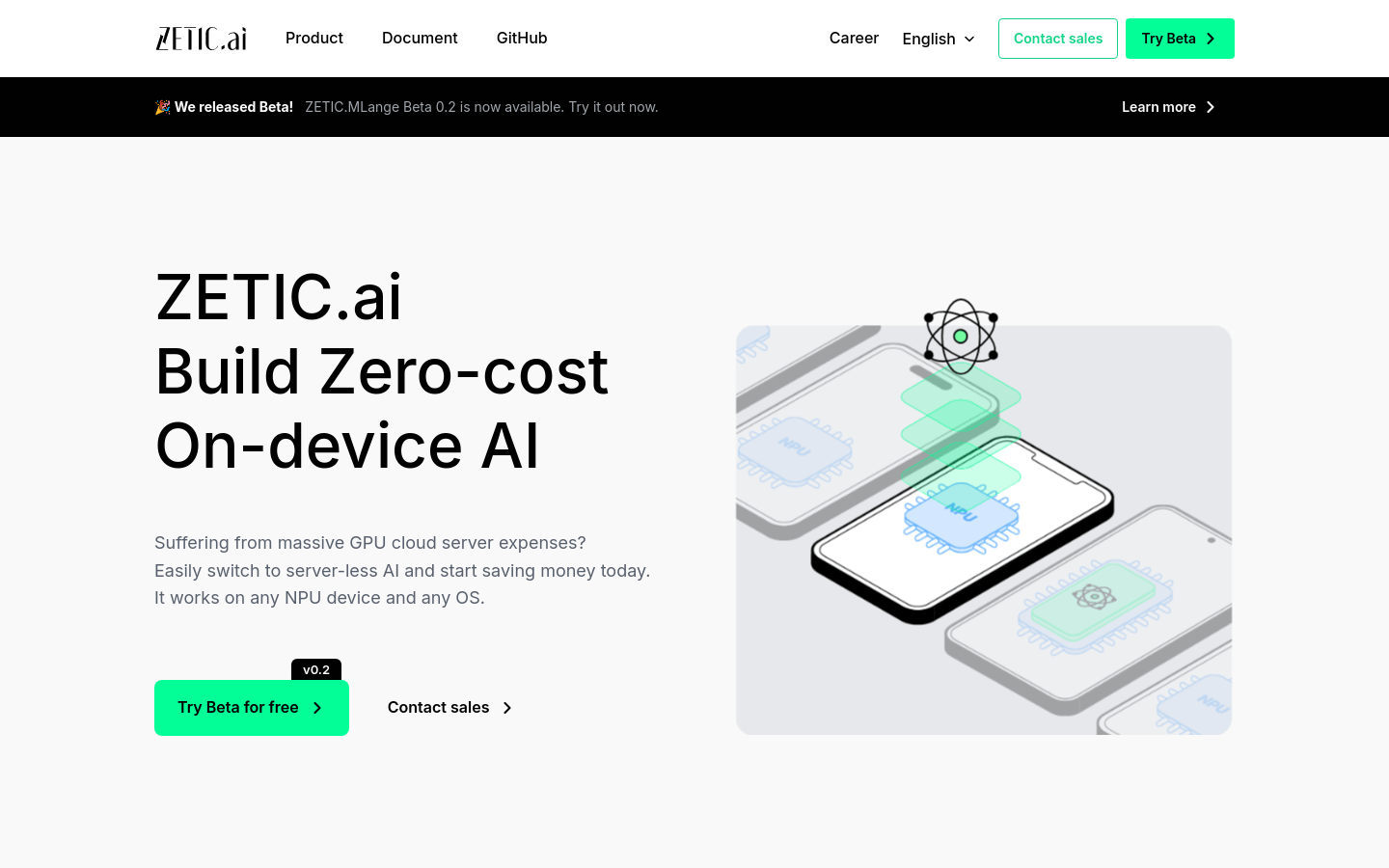
ZETIC.ai provides a revolutionary device-side AI solution that uses NPU technology to help enterprises reduce their dependence on GPU servers and AI cloud services, thereby significantly reducing costs. It supports any operating system, any processor and any target device, ensuring that the AI model does not lose any core functionality during the conversion process, while achieving optimal performance and maximum energy efficiency. Additionally, it enhances data security as data is processed inside the device, avoiding the risk of external leakage.
Demand group:
"ZETIC.MLange Beta 0.2 is suitable for AI companies that are worried about the high cost of AI, the risk of data leakage, and are considering transitioning to on-device AI. It is especially suitable for enterprises looking for cost-effectiveness, rapid deployment, and data security."
Example of usage scenario:
A mobile application company uses ZETIC.MLange to deploy AI models to smartphones, reducing dependence on cloud services.
A medical device manufacturer uses ZETIC.MLange to implement AI diagnostic functions on the device side, improving data processing speed and security.
An IoT device company uses ZETIC.MLange to run AI on local devices, reducing operating costs and enhancing user experience.
Product features:
Model preparation: Ensure the confidentiality of AI models and data.
Performance analysis: Optimize models for all target devices to improve efficiency and reduce latency.
Target library implementation: Convert the model into a deployable mobile library.
Device-side application implementation: Deploy directly on the device, eliminating server dependencies and costs.
Automated assembly line: Simplify the implementation process of device-side AI models.
Hardware-specific optimizations: Ensure optimal performance on different devices.
Device-side AI runtime library: Provides necessary libraries to support the operation of device-side AI.
Usage tutorial:
1. Prepare AI models and data to ensure data confidentiality.
2. Use the performance analysis tool of ZETIC.MLange to optimize the model.
3. Convert the optimized model into a mobile library on the target device.
4. Deploy AI applications on the target device to implement device-side AI.
5. Use the automated pipeline provided by ZETIC.MLange to simplify the deployment process.
6. Perform specific optimizations based on the hardware characteristics of the target device.
7. Integrate the device-side AI runtime library to ensure the stable operation of the AI model.

